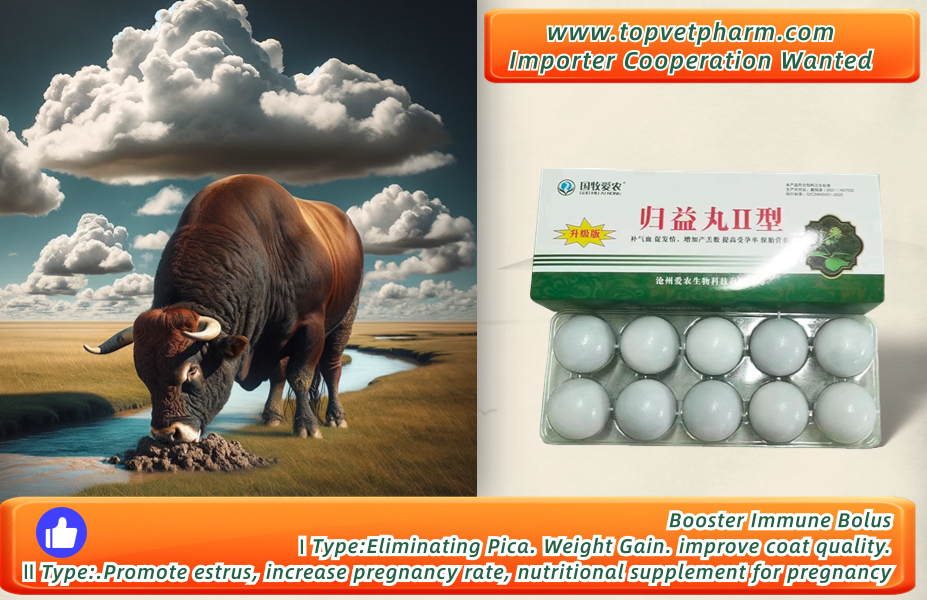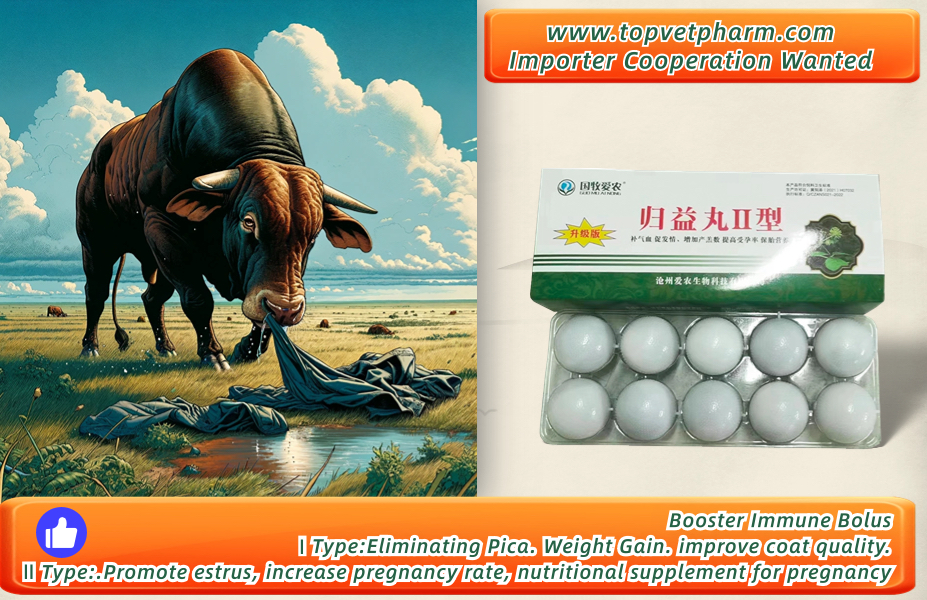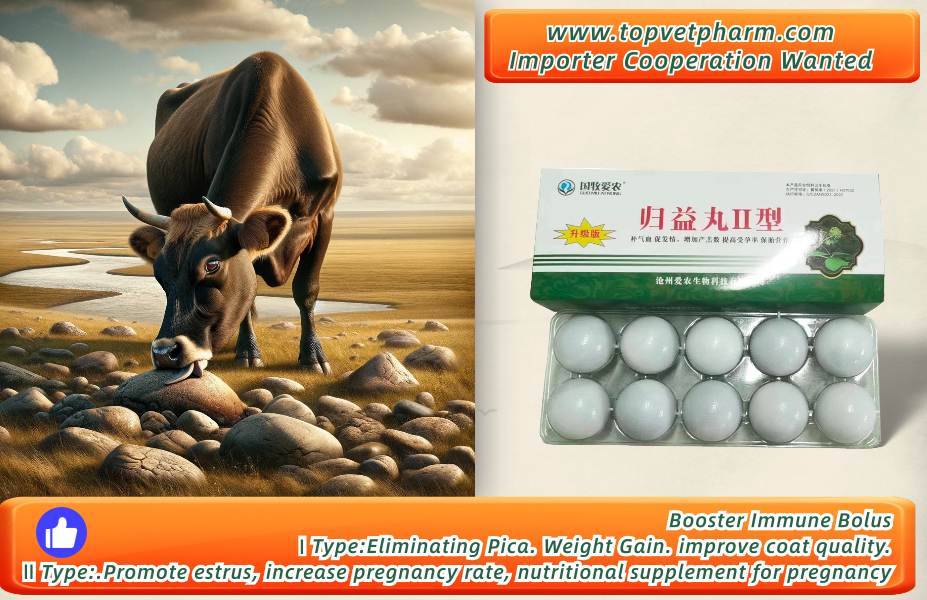Nov. 16 , 2023
Cattle, sheep, and goats lick or eat soil, swallow bone fragments, dirt, tile fragments, wood chips, feces, rags, cinders, lick stone and similar materials. That's a typical phenomenon of pica.

Reason:
1.Nutritional Deficiencies: The most common cause of pica in both cattle and sheep is a deficiency in essential nutrients. This can include a lack of minerals (such as phosphorus, sodium) and vitamins in their diet. These deficiencies can lead the animals to seek out alternative sources of these nutrients, resulting in the consumption of unusual substances.
2.Dietary Imbalance: A diet that lacks fiber or is imbalanced in other ways (too high in concentrated feeds, for example) can lead to pica. Animals may consume non-food items as a way to address a dietary imbalance or to fulfill a craving for certain types of nutrients or textures.
3.Insufficient Feed and Malnutrition: Pica is most prevalent during the late winter and early spring when fresh forage is scarce. This issue is particularly severe in years of prolonged drought. Under these conditions, pasture is lacking, forcing animals to consume low-nutrient, hard-to-digest grass. This lack of vitamins, trace elements, and protein can lead to disruptions in digestive function and metabolism, resulting in abnormal taste sensations and the development of pica.

Treatment:
Suggest Use Immune Booster Bolus Type II:
Type I Benefits:
1.Replenishment of Trace Elements: The product quickly replenishes various trace elements, reducing the occurrence of unhealthy eating behaviors such as eating soil, gnawing grass roots, drinking dirty water, consuming urine, eating placenta, licking sand, and playing with the tongue.
Type II Benefits:
Promotes immunity, induces estrus, increases the number of lambs, improves pregnancy rates, and prevents miscarriage.
1.Digestive System Development: It promotes the development of the digestive system, especially the rumen, by providing enhanced nutrition. This accelerates the decomposition and absorption of cellulose, increases appetite, improves feed conversion, and promotes overall body development in livestock.
2.Reproductive System Development: It is beneficial for the reproductive system. For sheep, usage before breeding can improve reproduction rates and increase the number of lambs. For pigs and cattle, it can enhance pregnancy rates when used before breeding.
Enzymatic Synthesis Involvement: The product is involved in enzymatic synthesis within the body, participating in the synthesis of hematopoietic elements, promoting body development, and strengthening hematopoietic capacity.
3.Quality of Fur: It supplements sulfur and various amino acids, increasing the ketone body mass, especially improving the fur quality of fur animals, thereby enhancing the value of their fur.









